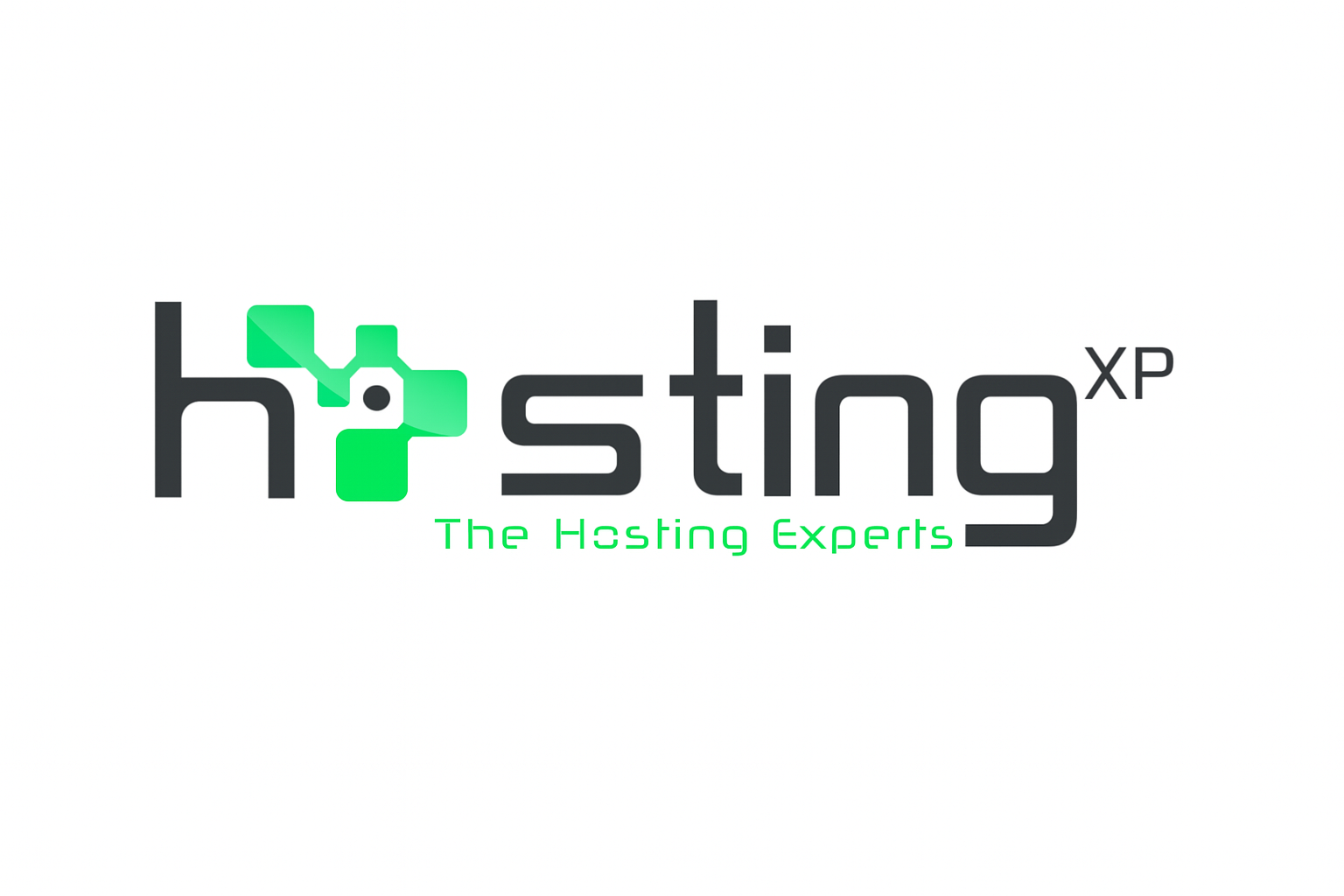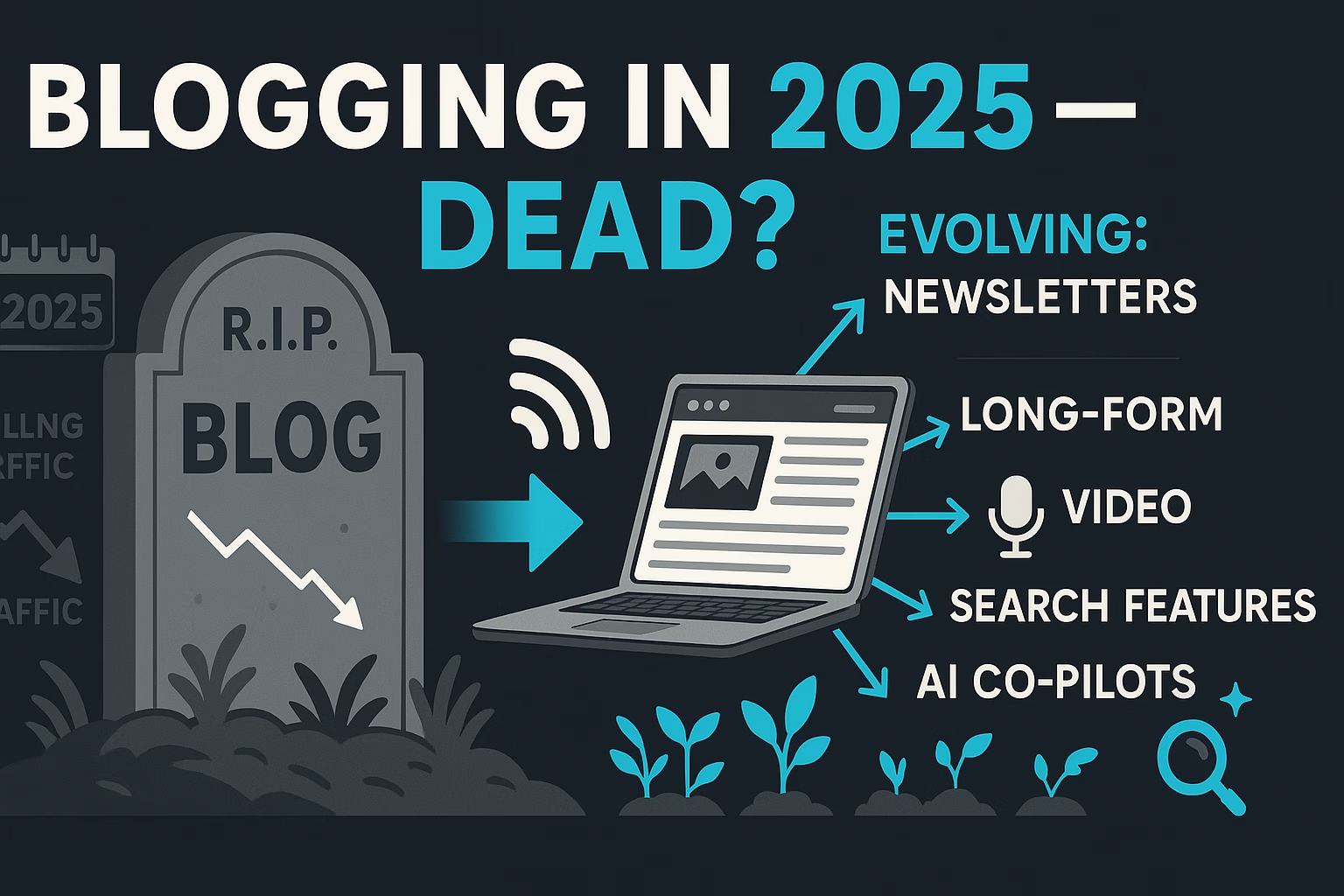The declaration that “social media is killing the blog post” has become a recurring refrain. While provocative, this oversimplifies a complex transformation. Social media hasn’t rendered the blog obsolete; it has systematically usurped its traditional role as the primary engine of discovery. The period around 2022 marks a critical inflection point where shifts in consumer psychology, platform technology, and search algorithms converged, forcing a fundamental rebalancing of the content ecosystem. This report provides a definitive, data-driven analysis of this rebalancing, arguing that the blog’s role is evolving from a discovery tool to a crucial asset for demonstrating deep expertise and building lasting trust.
The Great Rebalancing: How Social Media Reshaped Blogging
Published by HostingXP.com | Updated August 18, 2025
The declaration that "social media is killing the blog post" has become a recurring refrain. While provocative, this oversimplifies a complex transformation. Social media hasn't rendered the blog obsolete; it has systematically usurped its traditional role as the primary engine of discovery. The period around 2022 marks a critical inflection point where shifts in consumer psychology, platform technology, and search algorithms converged, forcing a fundamental rebalancing of the content ecosystem.
A modern consumer's research path has fragmented into a multi-platform odyssey: watching a YouTube review, checking TikTok for pros and cons, looking at Instagram Reels for real-world examples, and asking for recommendations in a Facebook or Reddit group.
This report provides a definitive, data-driven analysis of this rebalancing. We'll deconstruct the strategic, psychological, and technological forces behind this shift, arguing that the blog's role is evolving from a discovery tool to a crucial asset for demonstrating deep expertise and building lasting trust.
Comparative Analysis of Content Platforms (c. 2022-2024)
| Platform/Format | Primary Use Case | Key Demographics | Perceived Trust Factor |
|---|---|---|---|
| Traditional Blog Post | In-depth research, SEO-driven answers | Varies by niche, generally broad | High (Expertise-based) |
| YouTube (Long-Form) | Visual demonstration, expert reviews | Broad, slightly male-skewed | High (Visual proof) |
| TikTok/Instagram Reels | Rapid discovery, quick tips | Gen Z, Millennials | Moderate (Relatability) |
| Reddit/Facebook Groups | Niche community consensus, peer reviews | Niche-specific, highly engaged | Very High (Peer-driven) |
1. The State of the Blogosphere
To comprehend the shift, one must first appreciate the scale of the medium being displaced. The blogosphere around 2022 was a mature, potent force, with over 600 million active blogs and WordPress alone powering 43% of the entire web. However, beneath its vital signs lay growing vulnerabilities that made it susceptible to disruption.
The Blogger's Dilemma Infographic
The Blogger's Dilemma
The growing gap between content creation effort and audience attention.
Cracks in the Foundation
The immense effort to produce authoritative content is meeting a wall of audience saturation. Driving traffic is now the number one challenge, and even when users land on a post, 43% admit to only skimming. This "long-form arms race," where the average post length has swelled to over 1,300 words to satisfy search engines, creates a difficult return on investment.
Average Blog Post Length Swells
Bloggers Reporting "Strong Results"
2. The Social Media Juggernaut
The modern consumer's information-seeking behavior has been reshaped. The once-consolidated role of the blog post—to review, explain, and host discussion—has been unbundled and distributed across a suite of apps, each optimized for a specific function.
The New Path to Purchase
YouTube Review
TikTok Pros/Cons
Instagram Examples
Reddit Advice
Blog Deep Dive
TikTok & The Search Revolution
Critically, TikTok is rapidly evolving into a primary search and discovery tool. For 1 in 10 Gen Z users, TikTok is now more likely to be their search tool of choice than Google. This represents a direct and profound replacement of the blog's traditional discovery function.
Percentage of Americans Using TikTok as a Search Engine
3. The Undercurrents: Psychology, Trust, and SEO
The shift from blogs to social media is not merely a technological phenomenon; it is deeply rooted in the evolving psychology of the digital consumer. To understand why a user instinctively reaches for TikTok instead of Google, one must examine the cognitive and emotional drivers that shape modern information consumption.
The Attention Economy's Toll
The single most powerful force shaping today's content landscape is our dwindling attention span. In a digital environment engineered for novelty, our ability to maintain focus has measurably declined to just 8.25 seconds. Short-form video, with its low cognitive load, is perfectly adapted to this reality, delivering information in a "digestible, bite-size format" that aligns with a lifestyle of fragmented attention.
The Trust Equation: Relatability vs. Expertise
Trust has bifurcated. Social media fosters "relatability trust" through user-generated content and influencers, who are often perceived as more authentic peers. In contrast, blogs build "expertise trust" through the consistent demonstration of authority and in-depth knowledge. A user might trust a TikToker for a low-stakes recommendation but seek out an authoritative blog for a complex, high-stakes decision.
Google's "Helpful Content" Reckoning
In August 2022, Google's "helpful content update" (HCU) dramatically raised the bar for SEO success. By rewarding content demonstrating first-hand expertise and depth, it validated the high-quality blog post. However, it also made competing on SEO far more resource-intensive, inadvertently pushing many creators toward the lower barrier-to-entry, high-engagement world of social media for discovery.
4. The Interconnected Ecosystem
The relationship between blogs and social media is not purely adversarial. It is a complex, interconnected ecosystem where savvy creators use both in a symbiotic strategy. A strong social media presence has a powerful, if indirect, influence on traditional SEO by driving traffic, generating backlinks, and increasing "branded searches"—all strong signals of authority to Google.
The Hub-and-Spoke Model
Leverage a central blog post to fuel a multi-platform social media strategy.
5. The Unified Content Funnel
The most resilient content strategies of the future will be those that fully integrate blogs and social media. This approach maps specific content formats and platforms to their optimal position within the new, fragmented consumer funnel.
Explore the Unified Content Funnel
Discovery & Awareness
This stage is dominated by short-form video. Use TikTok, Instagram Reels, and YouTube Shorts to achieve broad reach, participate in trends, and introduce problems and solutions in a highly engaging, low-friction format. The goal is to capture attention.
6. The Way Forward: Strategic Blueprints
The rebalancing of the content ecosystem demands a rethinking of strategy. The old playbooks are no longer viable. Survival and growth require adaptation and integration, with clear strategies for different types of creators.
For the Blogger: Evolve or Be Marginalized
For those whose primary platform is a blog, the path forward is evolution. The blog's function has shifted from discovery to being the anchor of authority. This means you must embrace the "pillar" role, focusing on cornerstone assets that cannot be replicated in a 60-second video. Integrate, don't isolate by embedding rich media and designing content for repurposing. Finally, use social media as your primary distribution engine to drive qualified traffic back to your hub of authority.
For the Social-First Creator: Build on Owned Land
For creators who built their audience on social media, the imperative is to mitigate risk by establishing a foundation of "owned media." Building a business on rented land (like TikTok or Instagram) means you are perpetually subject to the whims of their algorithms. The solution is to create a central hub on an owned platform—a blog or website—to build a direct line to your audience via an email list. This allows for deeper monetization of authority through digital products, courses, and premium content, creating a more stable, long-term business asset.

